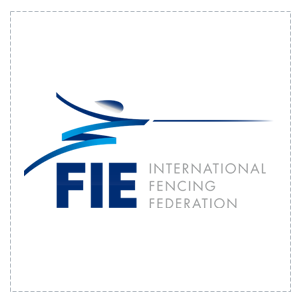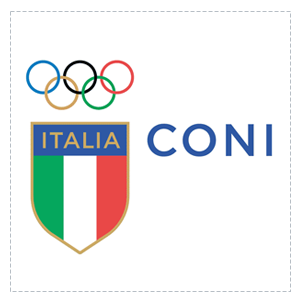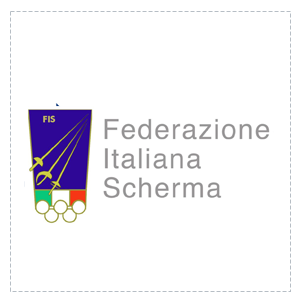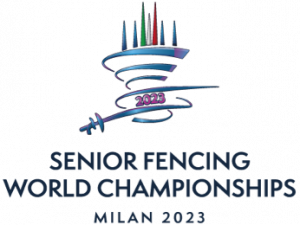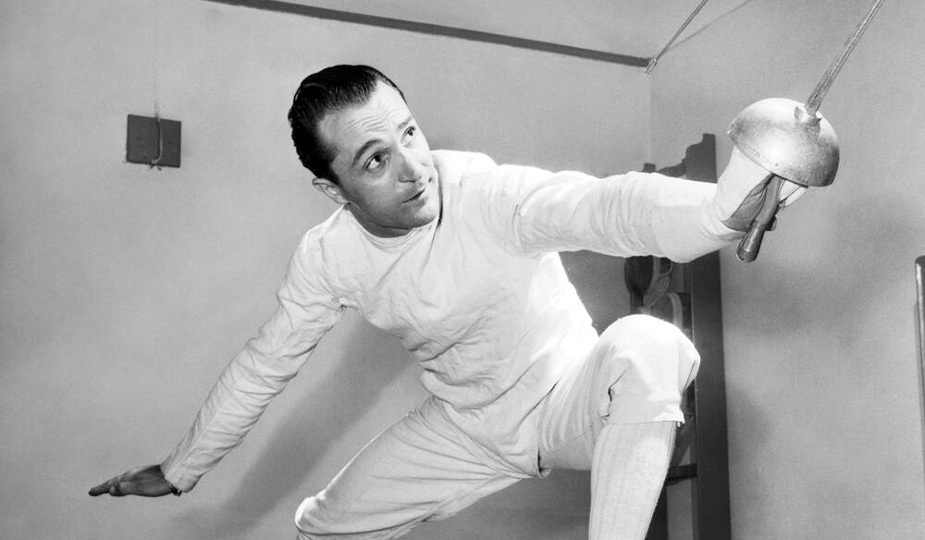History
The history
The sport of fencing, also referred to as Olympic fencing, has its roots in the time of the pharaohs of Egypt, when it was customary for servants and prisoners of war to duel with sticks not much different in size from the weapons in use today.
From the pyramids to the Colosseum, the advent of the Roman Empire exported fencing throughout the Mediterranean Sea basin and as far as Asia Minor. In 1536, the father of Italian fencing, the Bolognese Achille Marozzo published a work in order to establish the basic principles of fencing and all the rules of sword dueling.
From one of his pupils, Giovanni dalle Agocchie, we have received the 1572 treatise entitled “Dell’arte di scrimia” where the author, already a master of arms, clears the field of the various misunderstandings of the time and establishes the main canons for fencing today. Fencing was then at the center of an evolution that led it to be an important practice especially in the military, where every officer in the army was trained in the art of blade dueling.
In time, duels moved from the battlefields to the platforms of gyms, and it was here that fencing created, strengthened, and maintained its sporting prestige, formalized in 1909 with the founding of the Italian Fencing Federation.
With the advent of Olympic fencing, Italy has seen its medal count grow to excel in the Olympic medal count, mainly thanks to illustrious personalities who have made the history of the sport.
From Edoardo Mangiarotti to Valentina Vezzali, from Nedo Nadi to Elisa di Francisca, from Renzo Nostini to Aldo Montano, Italian fencing has positioned itself at the top of the world medal table and still excels as Italy’s most titled sport.
